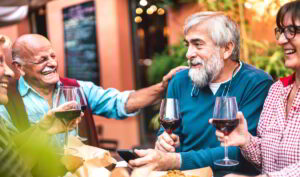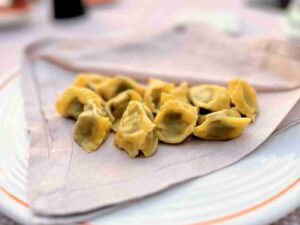Uncover the top 11 fascinating facts about Barolo wine and immerse yourself in the charm of this iconic Italian favorite, from its unique grape variety to the intricacies of its aging process.
As you prepare for your wine tours in the beautiful Piedmont region, we highly recommend equipping yourself with these must-know insights about Barolo. Enhance your experience by gaining a deeper appreciation for this exceptional full-bodied red wine. Get ready to explore the stunning Langhe Hills, the home of Barolo, set within a breathtaking UNESCO World Heritage Site. Your journey awaits!
What Is Barolo Wine?
Barolo is a world-renowned Italian wine renowned for its deep, intense flavor and lengthy aging process.
This high-end red wine has been prized by wine critics around the globe since its development in the 1800s.
The minimum alcohol content is 13% (although most vintages exceed this percentage), and the Barolo wine must be aged for at least 38 months in oak before reaching the market. A minimum of five years of aging is required for the Riserva.
What Is The Difference Between Nebbiolo and Barolo?
Barolo wine is produced by harvesting, pressing, fermenting, and aging 100% Nebbiolo grapes. No other grape varietal can be blended to make Barolo wine.
So, Nebbiolo is the name of the grape, indigenous to Piedmont and cultivated mainly in northern Italy, while Barolo is the name of one of the wines made with such a grape.
What Is Special About Barolo Wine?
Barolo wine is distinguished by its garnet color, featuring a light red hue and orange reflections.
It has layers upon layers of aromas and flavors that span from a floral nose of rose petals to red berries, tar, coffee, chocolate, and earth. Its harmonious taste evokes notes of raspberry jam, cinnamon, licorice, and leather.
Tannins, which are typical of Nebbiolo, can evolve and become smoother with aging, while the perception of the oak in which the wine is aged depends on the type of barrel used. For a more complete understanding of the type of oak barrel used within the Barolo wine region, read here.
Where Is The Barolo Wine Region?
The Barolo wine region is located in northwest Italy, in the southern Piedmont region, and more precisely in the province of Cuneo.
A short 20-minute drive takes visitors from the town of Alba to the village of Barolo, surrounded by the iconic vineyard-clad landscape of the Langhe Hills. Such a district, characterized by long and parallel hillcrests, is one of the unique elements that generate a distinct microclimate and have a positive impact on the cultivation of Nebbiolo grapes.
How Do I Get to Barolo, Italy?
One of the most frequently asked questions is how to get to Barolo. In fact, Barolo itself is not well served by public transportation, and once visitors arrive at the train station in Alba, a car is recommended for visiting the Barolo wine region.
From Milan, it takes about two hours by car, and from Turin , at least one hour, depending on traffic.
By train, one of the fastest options is to catch a high-speed train from Milan to Turin’s Porta Susa station, then connect to a regional train to Alba. This is the same local train line that serves Alba directly to Turin’s airport (TRN).
There are other regional connections from Milan to Asti, but these are primarily commuter services, typically departing very early in the morning or late in the day, and are usually not offered on weekends. In any case, from Asti, the drive to the Barolo wine region is about 40 minutes or so.
Where In Italy Is Barolo Grown?
Barolo is the name of a village and a wine; therefore, it is not accurate to say where in Italy Barolo is grown. On the contrary, Nebbiolo grapes are the ones to be grown.
Such a growing area is defined by the PDO appellation, in Italian Denominazione Origine Controllata e Garantita (DOCG), as well as many other rules and requirements that producers must follow to be allowed to sell their wine as Barolo.
The territory was first defined by a decree on August 31st, 1933, and includes eleven municipalities.
The small village of Barolo, whose name is not derived from the wine, is situated in the heart of the wine region, approximately 20 minutes by car from Alba, in Piedmont, Italy.
The other villages are La Morra, Monforte, Serralunga d’Alba, Castiglione Falletto, Novello, Grinzane Cavour, Verduno, Roddi, parts of Cherasco, and Diano d’Alba.
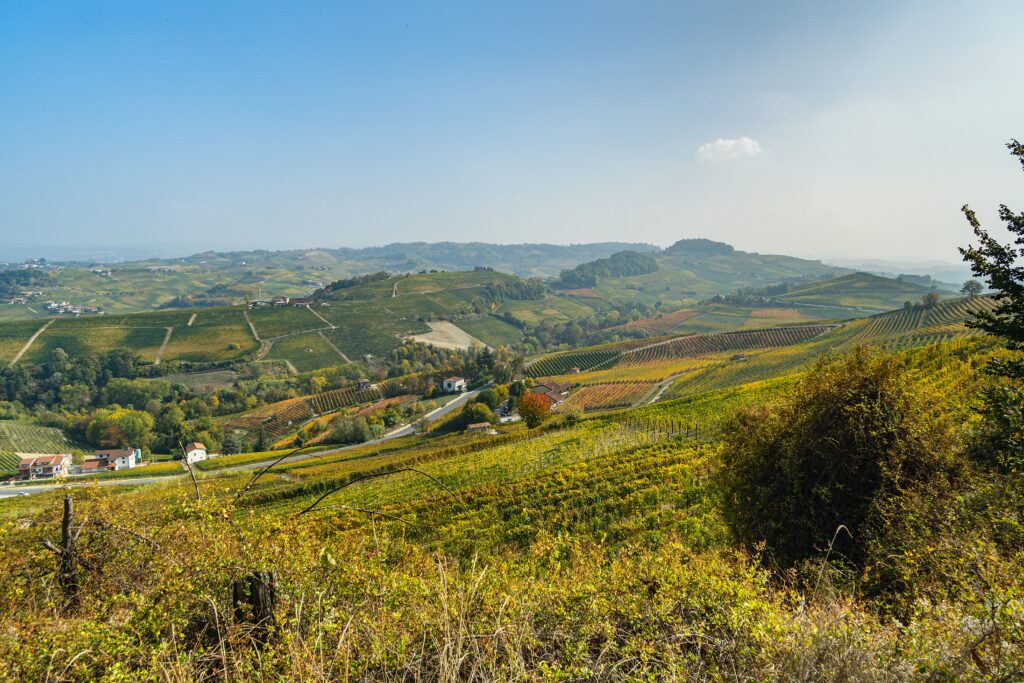
The Price Of Barolo Wine
The price of Barolo wine depends on a number of factors. Generally speaking, the longer is the aging the more expensive a bottle can get.
Secondly, be ready to pay more for single-vineyard Barolo obtained by clusters harvested on a specific hillside or on selected parts of a vineyard. These so-called crus are renowned for the soil composition, the sun exposure, and other qualities.
Sometimes, high-end winemakers select each individual grape for their premium wines, stemming them one by one, by hand, in order to crush only the best ones. Obviously, that has an impact on the price of the final product.
Why Is Barolo So Expensive?
Another frequently asked question is whether Barolo is an expensive wine. If it is made with blends of Nebbiolo clusters coming from wider geographical areas or with second-choice grapes, it tends to cost less.
The price of Barolo wine can start from as little as 20€ per bottle for an entry-level product and, usually, for the youngest vintage available on the market.
Exceptional vintages with an ideal balance between rain and heat throughout the season are also elements that can make Barolo an expensive wine.
Barolo’s Single-Vineyards, Crus, MGA
A Barolo wine tasting could not be accurate without trying to gain an understanding of the different hillsides scattered around the wine region and their qualities.
The idea of dividing vineyards into sub-areas was copied from France, where the system of crus and grand crus existed long before. Barolo, in fact, is now composed of 181 single vineyards (or crus) or, in Italian, MGA (Menzioni Geografiche Aggiuntive).
Approved in 2009, these pieces of land can considerably vary in size, spanning from literally one small vineyard to a whole hillside, in the case of the 740 acres of Bussia, in Monforte d’Alba.
Each MGA stands out due to its unique soil composition and minerals, specific sun exposure, humidity, and sometimes a distinct microclimate.
Among the most famous ones are Cannubi, located in the town of Barolo, one of the oldest vineyards documented in records dating back to the late 1700s, and Cerequio. Some others include Bricco Boschis, Brunate (between La Morra and Barolo), Lazzarito, Vignarionda, Cerretta, Francia (in Serralunga d’Alba), Monvigliero (in Verduno), Monprivato (in Castiglione Falletto)
The soil of the Barolo wine region
The rich soil composition of the Langhe Hills originated from sediments, minerals, and alluvial moraines left by an ancient sea that used to flood the region millions of years ago.
Some hills emerged from the sea earlier than others, sometimes with a difference of five or more million years, generating sediments that can be larger than those of the hills across.
While some areas may tend more to sand, the clay and marl (clay with a high content of calcium carbonate) are the most distinctive soil types of the Barolo wine region.
The way they change or interact with each other is one of the primary factors influencing the cultivation of Nebbiolo grapes and the wine’s final taste and aging potential.
Vineyards in the northern part of the Barolo wine region produce more delicate wines than those from Serralunga d’Alba and the south of the wine region, which tend to be more robust.
Best Barolo Vintages and Top Barolo Wines
Italyfinestwines published the ranking of the best Barolo vintages from 1995 to 2022. The best Barolo vintages range from the maximum excellence of five stars to a minimum of one star for the worst vintages.

Barolo Wine Pairings
As Barolo wine is high in tannins, acidity, and alcohol content, the best food pairings are typically heavy dishes with a high fat content.
Most traditional Piedmont dishes are decadent, prepared with a mix of butter and olive oil, sometimes lard, and an acidic component like tomatoes. Therefore, beef, goose, game, stuffed ravioli, or creamy risotto are all great Barolo wine pairings.
Barolo wine is also highly aromatic, so it can be enjoyed with rich cheeses such as aged Castelmagno or the velvety goat-milk Robiola di Roccaverano or as an after-meal with some dark chocolate, maybe in front of a fireplace.
Lastly, Piedmont is renowned for its white truffles and mushrooms, which are also an ideal pairing for Barolo wine.
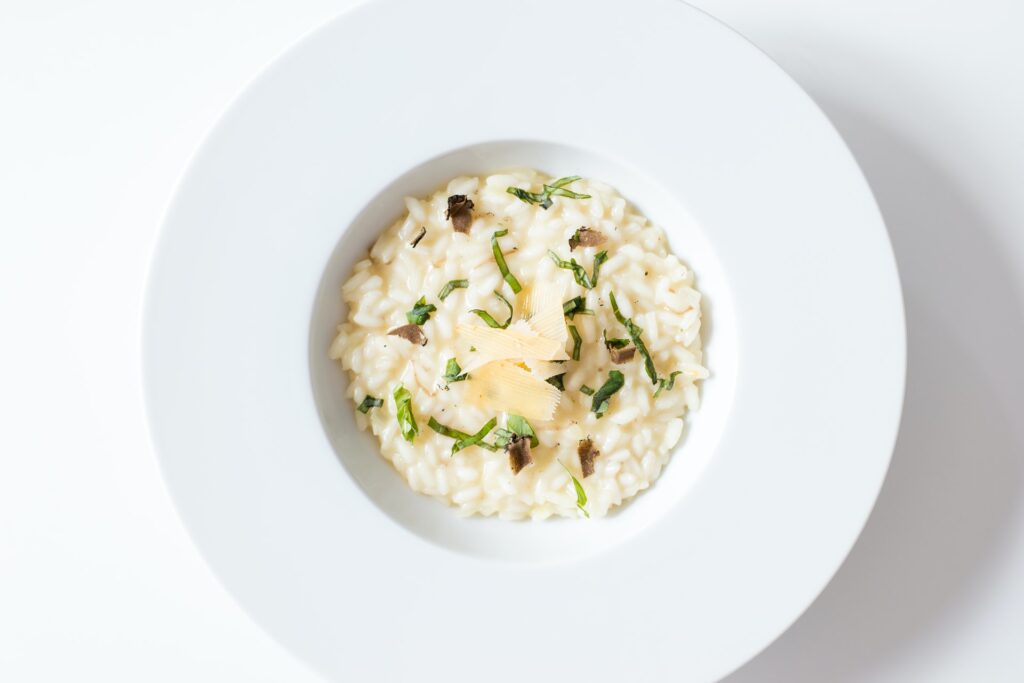
What Does a Barolo Wine Tour Involve?
Embark on an unforgettable wine tour that offers a deep dive into the enchanting Barolo wine region. Experience the stunning Langhe hills as you explore some of the eleven charming villages that comprise this renowned wine-producing area.
Gain valuable insights into the estate you’re visiting, from the location of its exquisite vineyards to the unique winemaking style of its current winegrower. Learn about the rich history of the family or brand behind the wines. The experience culminates in a delightful wine tasting that truly elevates your visit, making it an extraordinary adventure for any wine lover.
Which are the Best Barolo Wineries to Visit?
With 360 wineries located in the Barolo wine region alone, not to mention the additional hill districts extending into Asti, Roero, and beyond, visitors have a wide array of choices.
Independent travelers can easily access commercial wineries that are open every day and situated along main roads. However, guided wine tours offer the advantage of visiting boutique, family-owned cellars, which range in size from small to medium. These wineries generally produce between 90,000 to 250,000 bottles per year.
The best wine tours go beyond simple tastings; they aim to connect visitors with local winemakers who customize the tasting experience based on guests’ interests, rather than serving a standard selection in a sterile environment.
Visiting cellars that most travelers might not discover on their own enhances the experience, as these wineries are often found along lesser-known countryside roads. Wineries are carefully selected not only for the quality and award-winning nature of their wines but also for the charm of their venues.
Exclusive wine tours feature tastings of single-vineyard harvests from various corners of the Barolo wine region. By the end of the tour, guests will have a comprehensive understanding of the evolution of Barolo wine and its diverse flavors.
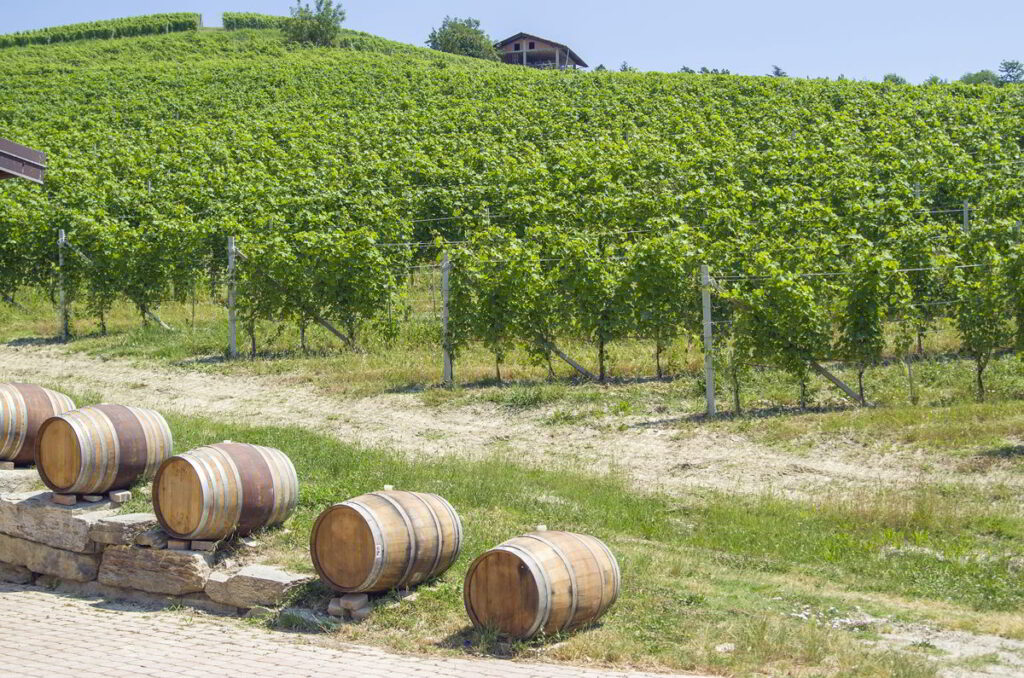
Is Barolo Worth Visiting?
The town of Barolo is worth visiting because it is a traditional, charming Italian village where many locals still live, and mass tourism has not yet taken over.
An expert guide can bring to life hidden details, stories, and fun facts as they wander through the narrow streets flanked by wine shops and private homes. Here, tradition, winemaking, and local life blend in a fascinating storytelling.
Moreover, Barolo is worth visiting for a deeper look at the medieval castle, today the home of a wine museum, and for unraveling both the origins and the recent improvements of Barolo wine.
In the first half of the 1800s, the wealthy Juliette Colbert, wife of the last heir of the Falletti family, resided in the castle of Barolo. She was the one to suggest the aging of the local Nebbiolo grapes in wood, a technique observed in her hometown in the Bordeaux region, from where she was coming.
With the help of Count Camillo Benso di Cavour, who lived in the nearby castle of Grinzane and was soon hired as Prime Minister by King Charles Albert of the House of Savoy, the newly born Barolo wine became a favorite of nobles and in many courts of Europe, so as to be nicknamed “the king of wines, wine of kings”.
What Time Of The Year Is Best For A Barolo Wine Tour?
Each season has its charm, from the lush and green summer vegetation to the decadent and colorful foliage of October. Even a sprinkle of snow in wintertime or a hint of fog adds to the magic of the Langhe Hills, one of the world’s most extensive wine regions. With clear skies, the views span from the southern Alps bordering Provence and the French Riviera to the Matterhorn and the Swiss Alps.
The only time of the year when it can be hard to find anything open is Christmas and New Year’s Eve. Most locals tend to close their wineries and businesses to spend time with their families. Restaurants tend to offer pre-set traditional menus that locals book far in advance, while in the days immediately before and after those holidays, everywhere becomes a ghost town.
What To See In The Barolo Wine Region?
Each of the eleven villages in Barolo’s production area retains its unique flair. Serralunga d’Alba, for instance, is a sleepy village where the only street is shaped like a snail, radiating from a slender brick castle with tall watchtowers.
Verduno is situated in the northern part of the Barolo wine region, overlooking one side of the Tanaro River and the sandy Roero Hills, just across the river. The grassy belvedere, on the side of the main church, allows visitors to take the iconic photo of the Langhe hills with its vineyards and winding roads.
One of the top 11 facts about Barolo Wine is that the Langhe Hills are a complex system of long and parallel ridges that run from south to north, degrading from the Ligurian Apennine mountains toward the Tanaro River.
What to See Around Alba: La Morra and Monforte d’Alba
La Morra is the highest hilltop village of the Barolo wine region, at an elevation of 500m (1640ft) above sea level. The panorama from the main square spans vineyard-striped valleys, faraway villages, and the distant snow-capped Alps.
The guide can even point to the colorful Chapel of Barolo, which is actually an art installation, also known as the Chapel of Sol LeWitt and David Tremlett, after the artists who transformed what was originally a one-room brick shelter into a work of art.
Perched on a crest overlooking the vines, the color-splashed structure is now a popular destination among hikers, picnickers, and photo-takers, thanks to its vivid facade, an off-kilter rainbow that stands in stark contrast to nature’s muted hues.
Monforte d’Alba earned a spot on the orange-flagged Italian towns list, which honors small urban centers of exceptional beauty and cultural value. It’s easy to see why in the historic center, where steep cobblestone lanes are lined with ochre-and-peach palazzi and rose bushes bloom around every bend.
A walk in town leads to the apex to find Auditorium Horszowski, an open-air theater whose grass-covered steps are flanked by a faded pink oratory and a soaring brick bell tower dating to the 13th century. Named after the Polish-American pianist who inaugurated the venue in 1986, the site is said to have perfect acoustics to host an annual summer jazz festival, among other musical and theatrical events.


